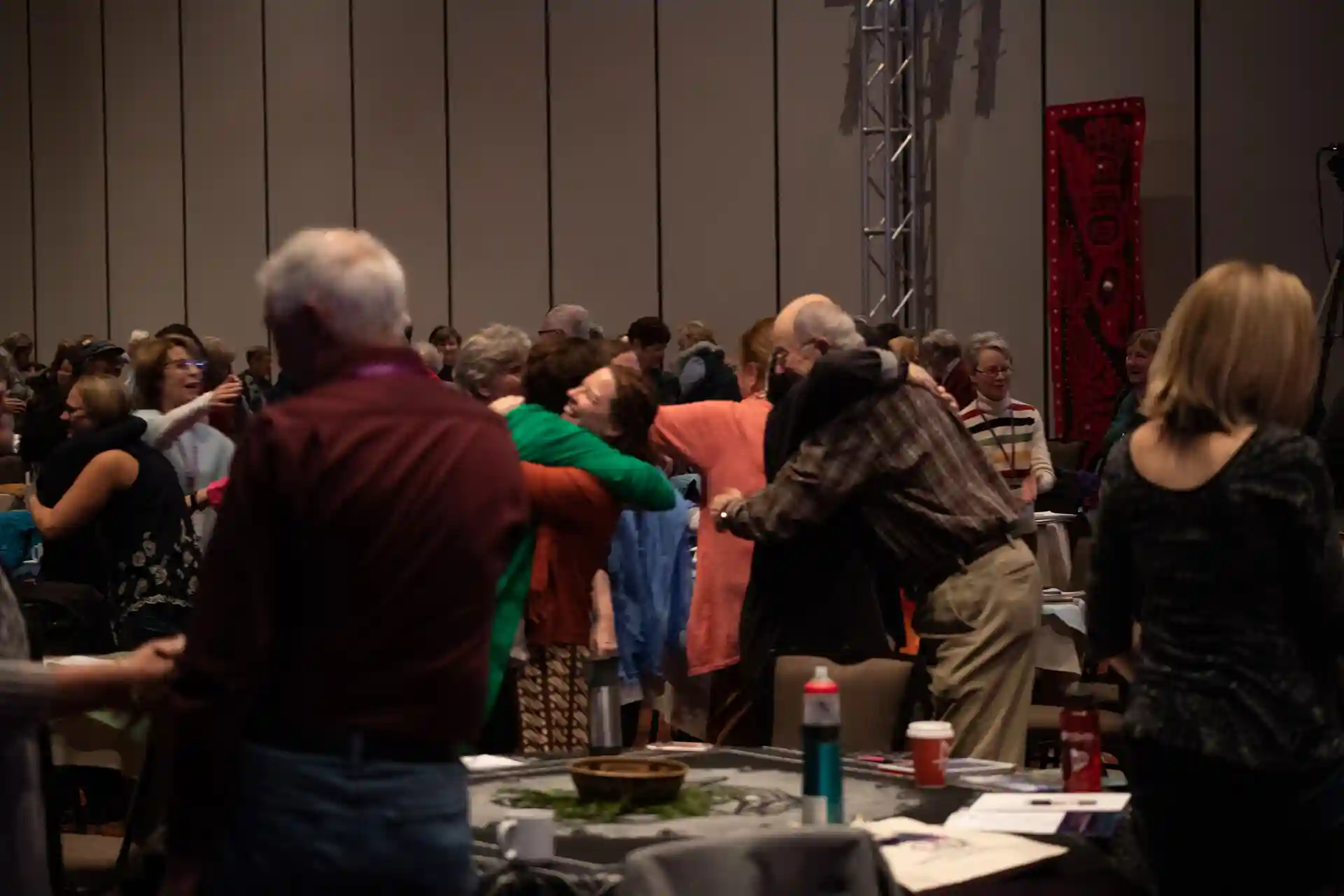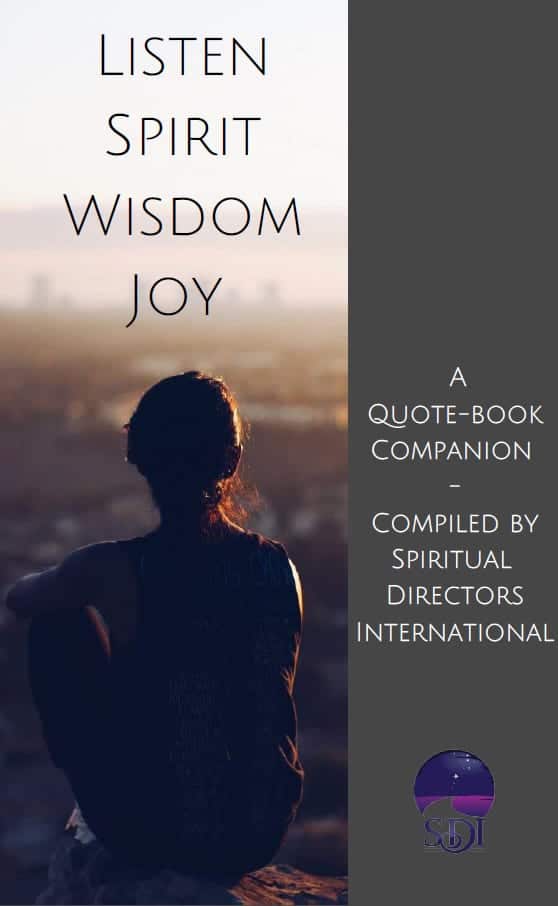Inspired by the modern-day mystic Cynthia Bourgeault, this practice is simple and deep.
Take off your judge’s robes and drop your gavel of judgment.
Give the practice a try and let it be what it may be – as you let yourself explore what you already are, but have yet to discover.
PRACTICE:
1) Find a place of physical peace for you. Get down on your knees if you are able – if your joints balk at this, just lower yourself safely to a place below normal operating height. (Perspective, like posture, is everything.)
2) Bring palms together. As your hands lightly kiss each other, slide them down past your head and eyes and nose and mouth and throat to rest at your sternum. Let your elbows expand comfortably. Imagine them as the wings of a heron in flight.
3) Welcome all that you do not know into the infinite expanse of your own heart. Smile at this darkness spreading inside you, all around you and among you and all beings. Like nightfall in the mountains, let it spread. Welcome this inky stillness as both stranger and old friend.
4) Say this aloud if it feels right…. “I am already what I am not yet. What I am not yet is hope.”…. If it doesn’t feel right, say what does feel right without editing it….. Or let silence be your bard.
5) If you like, say this: “Hope is not what I expect, but what already makes me whole, which like a lover not yet met, awaits me with a kind and steady gaze and tender arms. Now and always.”
Blessings to all who read this. And to all who don’t.
In these uncertain times, may we all embrace the energy of mothers throughout nature and humankind, who bring new life into the world and nurture it, in spite of everything … because of everything.
A deep bow to Cynthia Bourgeault and her friend Richard Rohr. Thank you both. Below, please a passage from Richard’s lovely meditation earlier this week, where he quoted Cynthia writing about “mystical hope”:
“1. Mystical hope is not tied to a good outcome, to the future. It lives a life of its own, seemingly without reference to external circumstances and conditions.
2. It has something to do with presence–not a future good outcome, but the immediate experience of being met, held in communion, by something intimately at hand.
3. It bears fruit within us at the psychological level in the sensations of strength, joy, and satisfaction: an “unbearable lightness of being.” But mysteriously, rather than deriving these gifts from outward expectations being met, it seems to produce them from within. . .
[It] is all too easy to understate and miss that hope is not intended to be an extraordinary infusion, but an abiding state of being. We lose sight of the invitation--and in fact, our responsibility, as stewards of creation--to develop a conscious and permanent connection to this wellspring. We miss the call to become a vessel, to become a chalice into which this divine energy can pour; a lamp through which it can shine...
We ourselves are not the source of that hope; we do not manufacture it. But the source dwells deeply within us and flows to us with an unstinting abundance, so much so that in fact it might be more accurate to say we dwell within it...
Cynthia Bourgeault




